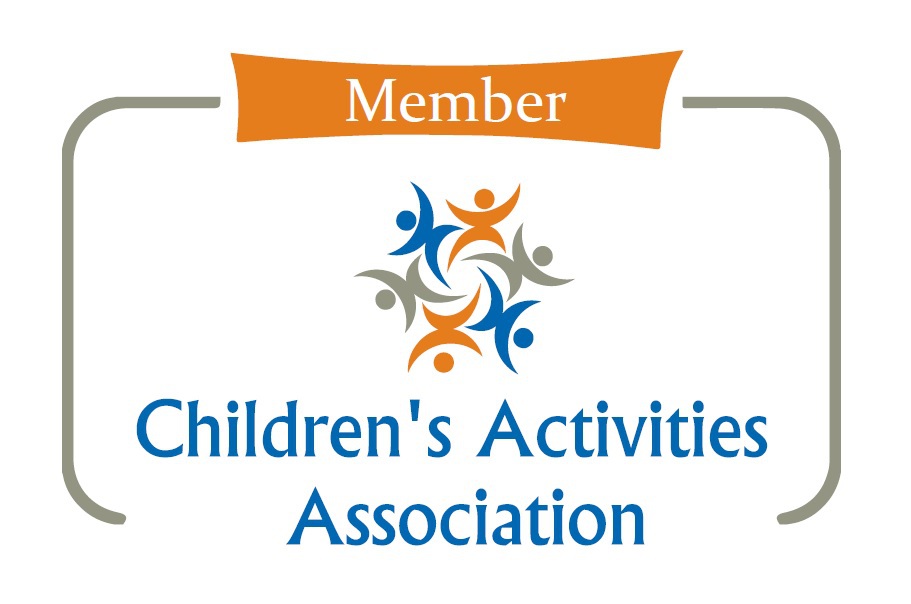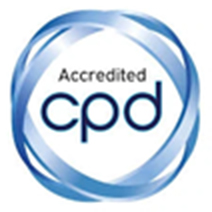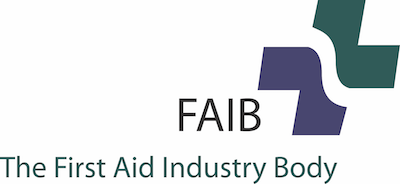When Adele Hughes received a skin cancer diagnosis on Christmas Eve 2019, her world was turned upside down. What followed was an 18-month battle through surgery, immunotherapy, and a determination to shield her children from fear - all while facing stage 3 melanoma.
Now in recovery, Adele is using her story to educate others. From everyday sun safety tips to knowing what signs to look for, this blog will walk you through everything you need to know about protecting your familys' skin - and why daily sunscreen is as important as brushing your teeth.
What is melanoma?
Melanoma is the most serious form of skin cancer. It can spread from the skin to the lymph nodes and even organs if not caught early. Adele’s journey started with a mole that didn’t look particularly suspicious - yet a routine skin check revealed otherwise.
“It’s a big misconception that melanoma can just be cut away,” Adele explained. “That’s not always the case.” Melanoma is aggressive. It doesn’t always look alarming - which is why regular skin checks are so important, especially if you have lots of moles or a history of sun exposure.
The diagnosis that changed everything
Adele, a mum and primary teacher living in Hong Kong, had long been having yearly skin checks. With young children and a sunny lifestyle, she was used to monitoring her moles.
In November 2019, a dermatologist spotted a couple of concerning spots. Biopsies were taken - “just to be sure.”
By Christmas Eve, Adele was sitting in a clinic with her children beside her when she received the life-changing news: she had melanoma. “It was the worst Christmas I’ve ever had,” she says. But for the sake of her children, then just six and seven, Adele kept the truth from them. “I never once used the word cancer with them,” she explained. “I didn’t want them exposed to those fears.”
Understanding the warning signs
So how can you tell if something on your skin needs checking? Adele highlights the ABCDE rule - a simple guide to help spot signs of melanoma:
- A – Asymmetry: One half of the mole doesn’t match the other
- B – Border: Edges may be ragged, notched, or blurred
- C – Colour: Uneven shades of black, brown, or even red or blue
- D – Diameter: Anything over 6mm should be checked
- E – Evolving: Any change in size, shape, or colour over time
Even with this guide, Adele urges caution. “One of mine looked completely normal,” she recalls. “But I had a gut feeling - it had been growing. If something feels off, get it checked.”
From Stage 1 to Stage 3: When cancer spreads
Initially thought to be stage 1 (localised), further tests revealed the cancer had spread to Adele’s lymph nodes. This meant it was stage 3, and the fight got much harder.
What followed were multiple surgeries - six in total - including major operations to remove lymph nodes from her underarm and groin. “At one point, I found another melanoma in my belly button. It hadn’t been there just four months earlier.”
Adele could barely walk after her groin surgery and endured 14 months of immunotherapy - a treatment that boosts the immune system to fight cancer. Unlike chemotherapy, it doesn’t attack healthy cells, so she was able to keep her hair. “That helped my children not see how poorly I really was.”
Mental strength and motherhood through cancer
Cancer doesn’t just attack the body - it impacts every part of life. For Adele, being thousands of miles from her UK-based parents during COVID made things even harder.
“I honestly don’t know how I got through it,” she reflects. “My friends in Hong Kong became my family.” She also found solace in online support groups, including those run by Melanoma UK and Australian charities. “It was such a relief to talk to people who truly understood.”
 A wake-up call
on sun safety
A wake-up call
on sun safety
Adele now admits she wasn’t always sun safe. “It’s embarrassing to say, but I was still chasing a tan until my diagnosis.” She reflects on the way we glamorise tanned skin - even as children. “We judged how good your holiday was by how dark your skin was. That carried into adulthood.”
Her mission now? To educate others - especially children - before they learn the hard way.
Daily sunscreen: as important as brushing your teeth
Adele’s golden rule? Wear sunscreen every single day.
“I’ve put our sunscreen bottle next to the toothbrushes. It’s part of our morning routine.” Even on cloudy days, Adele warns that UV rays can still damage our skin. “I was shocked how many people - myself included - didn’t realise that.”
She also reminds parents not to forget:
- The ears (commonly missed!)
- The neck
- And reapplication after a few hours, especially in sunny weather or after swimming.
Dressing for protection
Sunscreen isn’t the only way to stay protected. Adele also recommends:
- Wide-brimmed sun hats
- UV-protective clothing (especially rash vests for kids at the beach)
- Long sleeves and shoulder coverage
- Sunglasses with UV protection
“There are so many stylish and fun options now, especially for children,” she says. “We just need to make it normal.”
Making sunscreen fun
Let’s face it - applying sunscreen can be a battle. But Adele believes it doesn’t have to be.
“There are products like Solar Buddies that help kids apply their own sunscreen in a fun way,” she says. “Anything to make it part of the routine.” And if kids push back? “Just persevere. You wouldn’t skip brushing their teeth because they don’t feel like it, right?”
A book to help kids learn
As a teacher, Adele knew a story could be the perfect tool to teach little ones about sun safety. So she wrote one herself. The result? A beautifully illustrated rhyming book about a pig who hates mud - but realises it’s the only way to stop getting sunburnt. “The mud becomes his natural sunscreen!”
The story has been a huge hit with Adele’s pupils, her own children, and now families around the UK. “It’s a fun, gentle way to start the sun safety conversation.”
You can find Adele’s book here - a must-have for every home or classroom.
What can you do now?
Adele’s message is simple: Apply sunscreen every day.
“It takes a minute. Just do it - especially for your kids.”
At Mini First Aid, we believe education saves lives. So here are three simple steps to start your family’s sun safety journey today:
- Make sunscreen part of the daily routine - just like brushing teeth. We cover essential tips here to keep your little ones protected in the sunshine whether you’re at home or abroad.
- Teach your children about sun safety with age-appropriate stories and products. Solar Buddies are the world's first child-friendly, refillable sunscreen applicators and at Mini First Aid we LOVE them.
- Check your family’s skin regularly - especially moles or marks that change, look unusual or are new.
Final thoughts: Protecting what matters most
Adele Hughes is more than a cancer survivor - she’s a mum on a mission. Her story is a powerful reminder that sun safety isn’t just for summer holidays - it’s a daily essential.
Let’s help spread Adele’s message. Let’s teach our children early, lead by example, and protect the skin they’re in. Because the best gift we can give our kids is a healthy future - and it all starts with a bit of sunscreen.
Want to learn more about family health and safety?
Subscribe to the Family Health by Mini First Aid Podcast and follow us on Instagram and/or Facebook. And don’t forget to check out Adele’s brilliant children’s book!
Listen to the podcast
Listen to this episode of the Family Health by Mini First Aid podcast – available on all major platforms, or watch on YouTube.
 Stay safe,
stay sun smart, and don’t forget your ears!
Stay safe,
stay sun smart, and don’t forget your ears!
Sun safety made easy (and mess-free!)
We love the Solar Buddies Sun Cream Applicator – a mess-free, child-friendly way to apply sunscreen that kids can actually enjoy! These refillable 100ml bottles are designed for little hands, with a chunky grip and clever sponge and rollerball combo that makes applying sun cream quicker, smoother, and less wasteful. Perfect for wriggly little ones and ideal for popping in school bags or taking on holiday, they come in fun colour combos. A summer must-have for stress-free sun safety!








